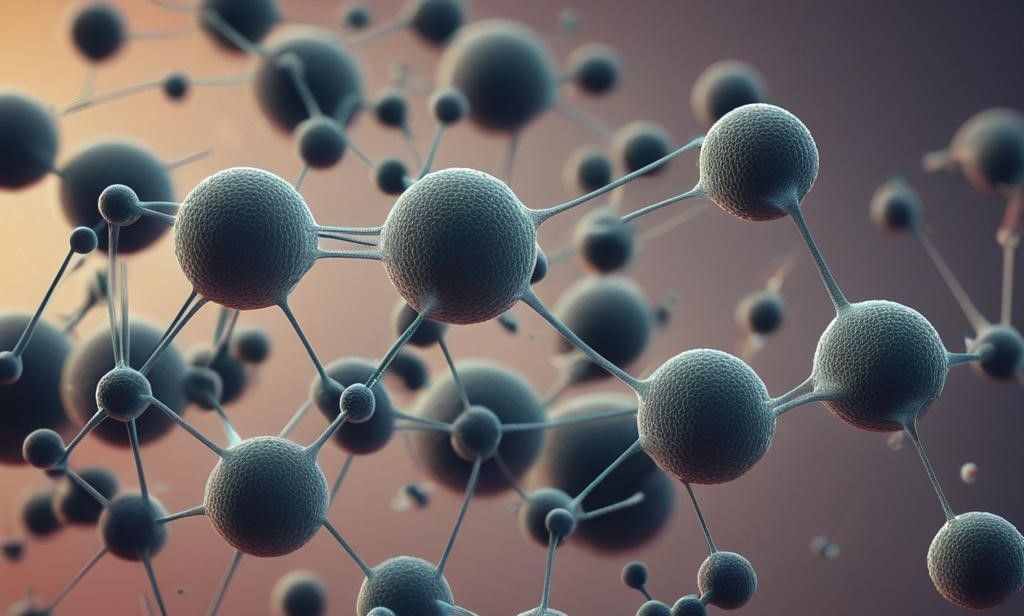Lignin Nanoparticles: A New Raw Material for Sunscreen
Sun cream is one of the many places where nanotechnology will be having an impact this summer.

The cosmetics industry has a long been at the forefront of innovation when it comes to raw materials. From mudpacks to bee’s wax to aloe vera; all the major brands have found uses for the complex, yet strange, chemicals found in nature.
But science has also found a way to use nanotechnology as a protective force against the power of the sun.
The base of this novel raw material is lignin, the plant matter that gives vegetation its rigidity and strength, as material researchers have found that lignin is effective in protecting against the damaging UV rays in sunlight.
The key to the discovery was made when lignin was used in nanoparticle form, which is a size measuring less than 100 nanometres – in comparison, a piece of paper has a thickness of 100,000 nm.

As one of the study’s authors, Zhicheng Jiang, a distinguished member of the College of Biomass Science and Engineering at Sichuan University, explains, “Upon preparation into nanoparticles, lignin can synergistically enhance the UV shielding effect of composite materials when combined with other anti-UV agents, such as commercial sunscreens.”
Specifically, the study, which was recently published in the journal Carbon Resources Conversion, states that, “The addition of the LNPs (lignin nanoparticles) could increase the SPF (sun protection factor) value from ∼ 20 to 34.1, with the blocking capability depending on the lignin structure, being much higher for the LNPs than for the lignin oligomers.”
But despite this breakthrough, the application of lignin nanoparticles for sun protection has not yet been resolved, as the interplay between the parameters of the LNPs' structure, size, and concentration, are not fully understood.

Instead, the research has helped shine a light on how lignin nanoparticles could be used as a sustainable, natural raw material for improving skin care.
"In the past,” notes the study's lead author, Tianyu Liang, “exploring the UV shielding mechanism of LNPs and consciously regulating them was a daunting task.”
In a world where skin cancer rates are rising while climate change is creating the heatwaves and weather conditions where extreme exposure to the sun is more likely, then the application of nanomaterials to lower the risks to health has come at an ideal time. Not only as a way for improving skin care, but as a way to open the door on how nanotechnology can employ conventional, everyday materials, such as the woody cells of lignin, to make a new raw material with much sought-after properties.
As the study itself concludes, “The findings of this study offer new perspectives for the design and development of natural-based UV-blocking materials.” Adding that, “… the structural characteristics of the lignin-derived materials (LNPs and oligomers) paves the way not only for using them in sunscreen formulations but also for developing alternative and environmentally friendly materials in the cosmetic industry.”
Nanomaterials, it seems, have found yet another application, with a sun-kissed opportunity to finding even more.

